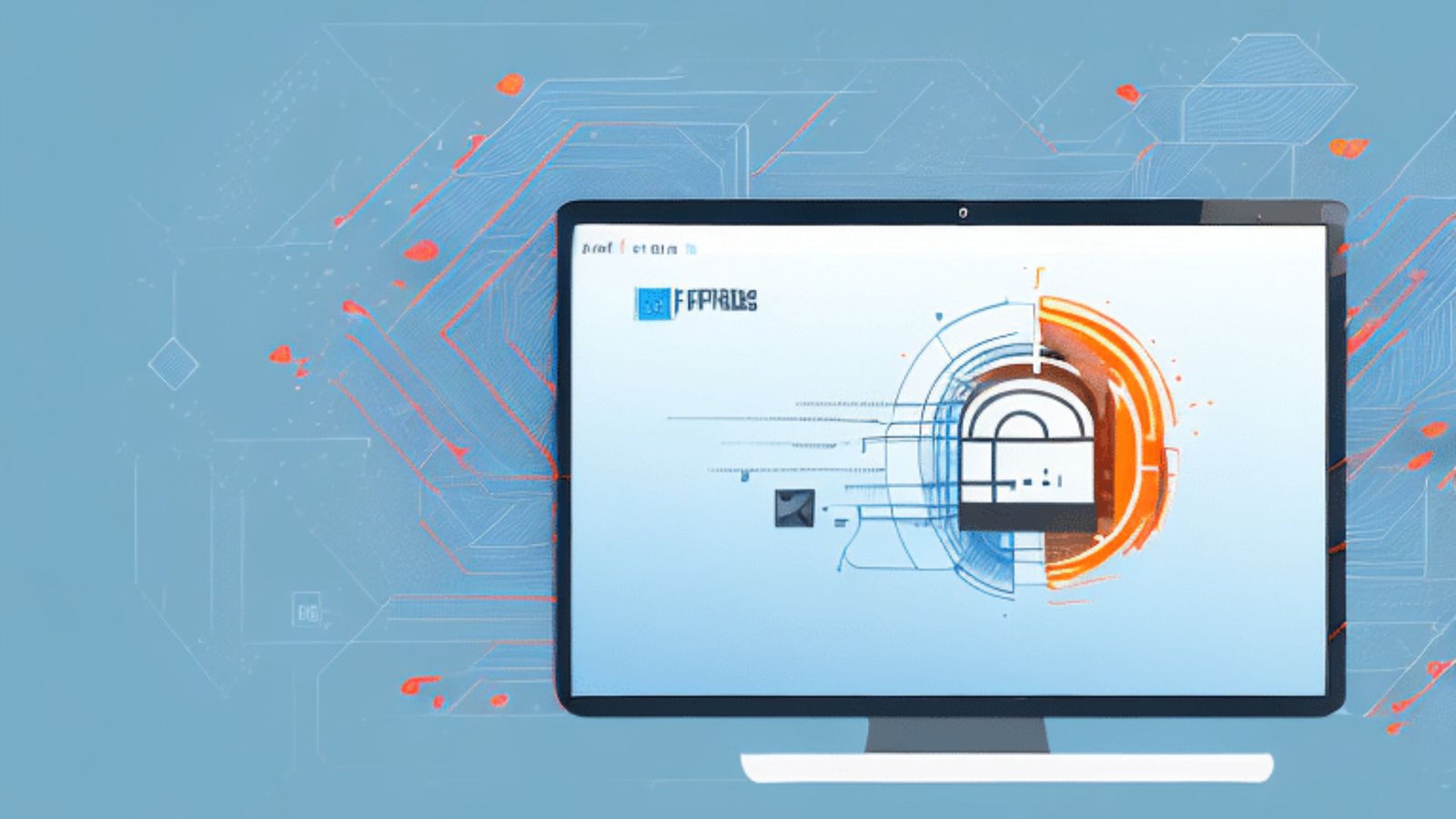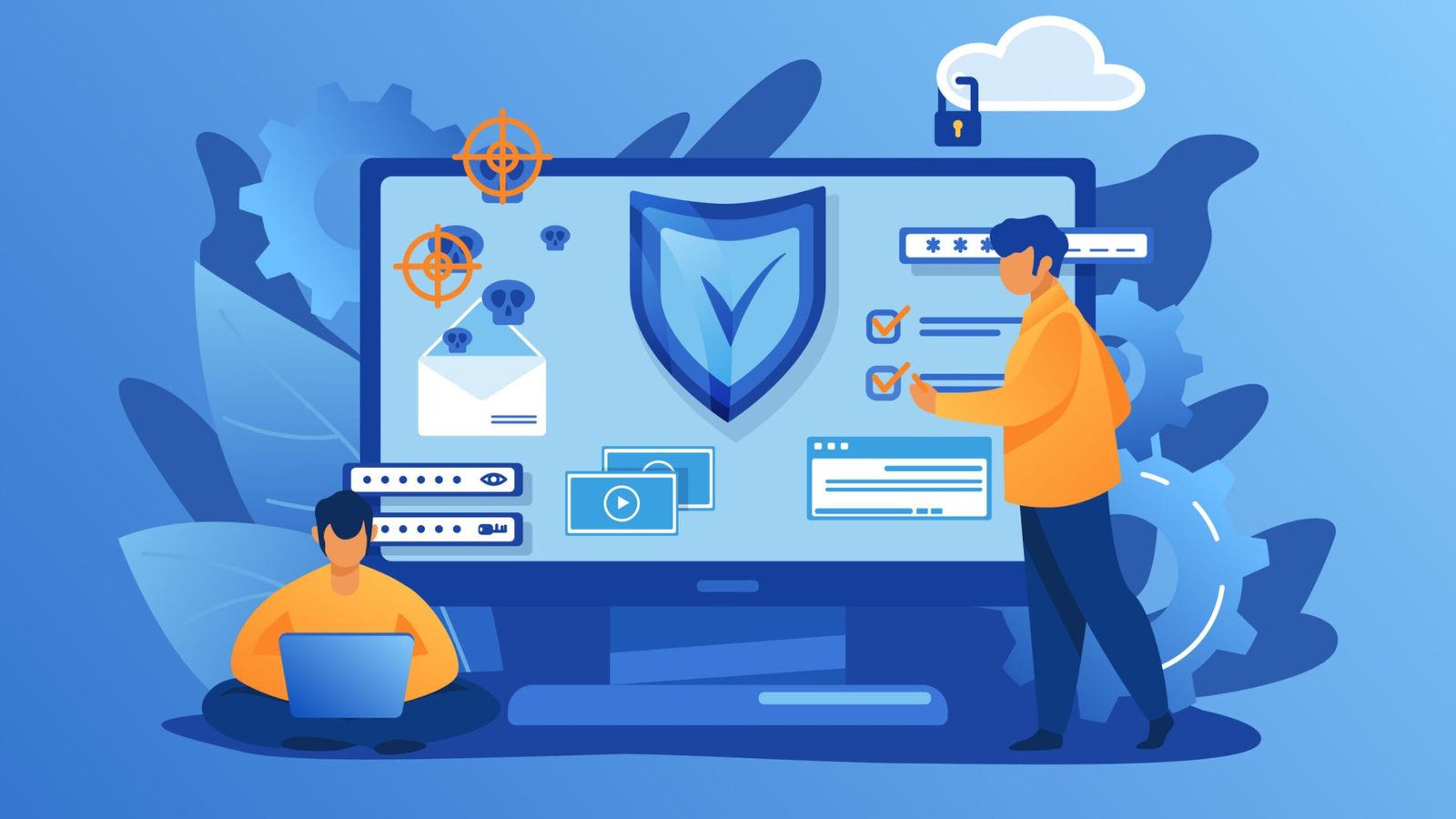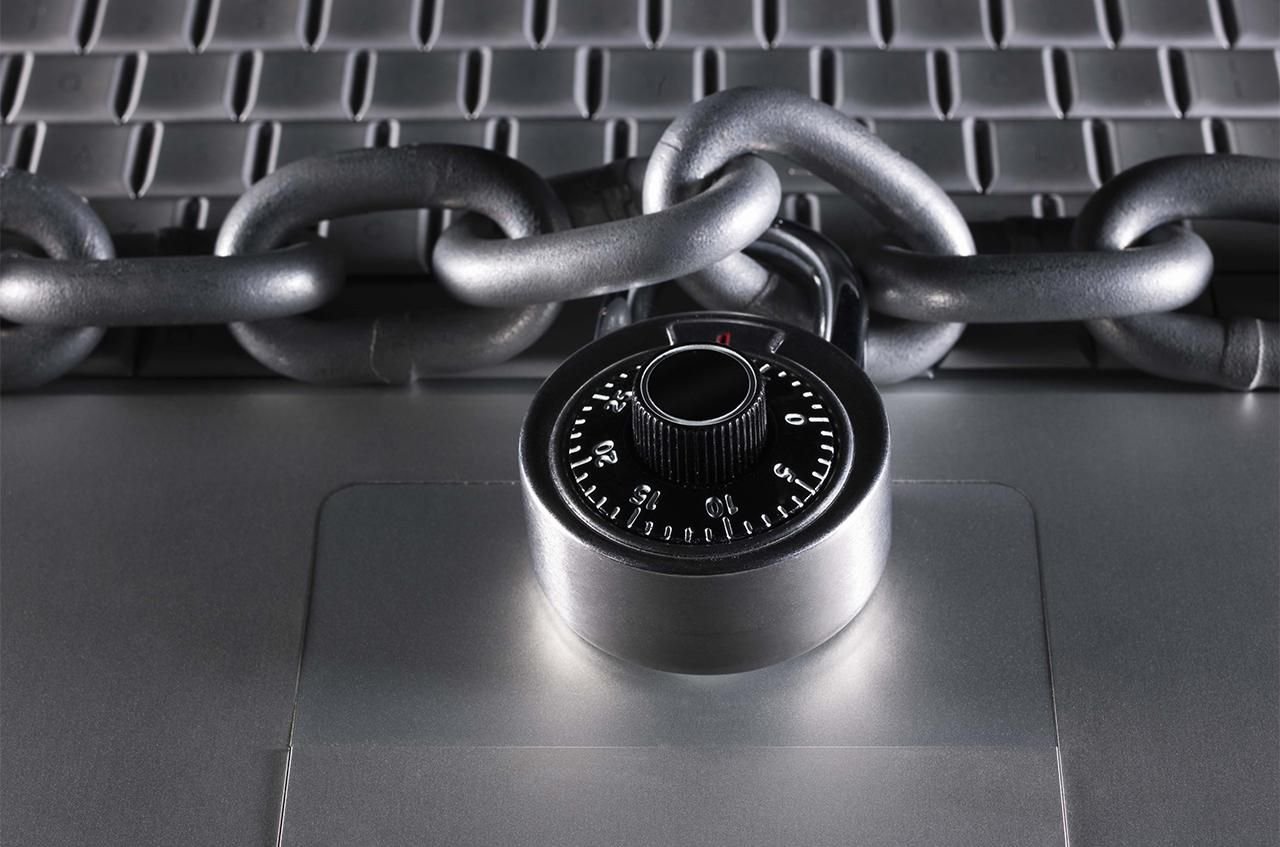When it comes to maintaining the security of your network, updating your firewall software is crucial. A firewall acts as the first line of defense against online threats, and keeping its software up-to-date ensures it can effectively protect against the latest security vulnerabilities. Here are some practical tips to help you keep your firewall software updated and secure.
Why Updating Your Firewall Software is Essential
Before diving into the specifics, let’s discuss why updating your firewall software is so important. Firewall updates often include patches for security vulnerabilities, performance improvements, and new features that enhance protection against emerging threats. Regular updates ensure that your firewall remains effective and provides comprehensive security for your network.

1. Check for Updates Regularly
One of the most important tips for updating your firewall software is to check for updates regularly. Most firewall software comes with an auto-update feature, but it’s still a good idea to manually check for updates from time to time. Regularly checking ensures that you don’t miss out on critical patches and new features.
2. Set Up Automatic Updates
To streamline the process, consider setting up automatic updates for your firewall software. Automatic updates ensure that your firewall receives the latest patches and improvements without requiring manual intervention. This feature helps you stay up-to-date with minimal effort and ensures continuous protection.
3. Review Release Notes
Before updating your firewall software, take the time to review the release notes provided by the vendor. Release notes often detail the changes, enhancements, and bug fixes included in the update. Understanding what each update entails helps you make informed decisions and ensures that the new version meets your needs.
4. Backup Your Configuration
Another important step in updating your firewall software is to back up your current configuration. This precautionary measure ensures that you can restore your settings if something goes wrong during the update process. Backing up your configuration helps prevent data loss and minimizes downtime.
5. Test Updates in a Staging Environment
If possible, test updates in a staging environment before applying them to your live system. A staging environment is a replica of your production environment where you can assess the impact of updates without risking your actual network. Testing updates helps identify potential issues and ensures a smooth transition to the new version.
6. Monitor Performance After Updates
Once you’ve updated your firewall software, closely monitor its performance. Check for any unusual behavior or performance issues that may arise after the update. Monitoring helps ensure that the new version operates smoothly and does not negatively impact your network’s performance.
7. Keep Documentation Updated
As you perform updates, make sure to keep your documentation updated. Document the changes made during each update, including the version number, date, and any issues encountered. Maintaining accurate documentation helps track the update history and assists in troubleshooting future issues.
8. Stay Informed About New Threats
Stay informed about new and emerging threats that could impact your firewall. Security threats are constantly evolving, and understanding the latest risks helps you appreciate the importance of updates. Keeping yourself informed ensures that your firewall software remains capable of addressing new challenges.
9. Coordinate with Your IT Team
If you work with an IT team, coordinate with them during the update process. Collaboration ensures that everyone is aware of the updates being applied and helps address any potential conflicts. Effective communication with your IT team helps ensure that updates are implemented smoothly and efficiently.
10. Review Vendor Recommendations
Finally, review any recommendations provided by your firewall vendor. Vendors often offer guidance on best practices for updating their software, including specific steps or considerations. Following these recommendations helps ensure that updates are applied correctly and that you’re leveraging the full capabilities of your firewall.
Seamless Gaming on Mobile
As technology evolves, mobile entertainment has become more accessible and immersive. Experience top-tier gaming on the go with mobile casino and enjoy a wide range of exciting games from any device. Whether optimizing software or indulging in online gaming, innovation is at the heart of the experience.
Conclusion
Updating your firewall software is a crucial aspect of maintaining network security. By following these tips—checking for updates regularly, setting up automatic updates, reviewing release notes, and backing up your configuration—you can ensure that your firewall remains effective against evolving threats. Regular updates not only enhance security but also improve performance and functionality. Stay proactive about updating your firewall software to keep your network protected and running smoothly.










